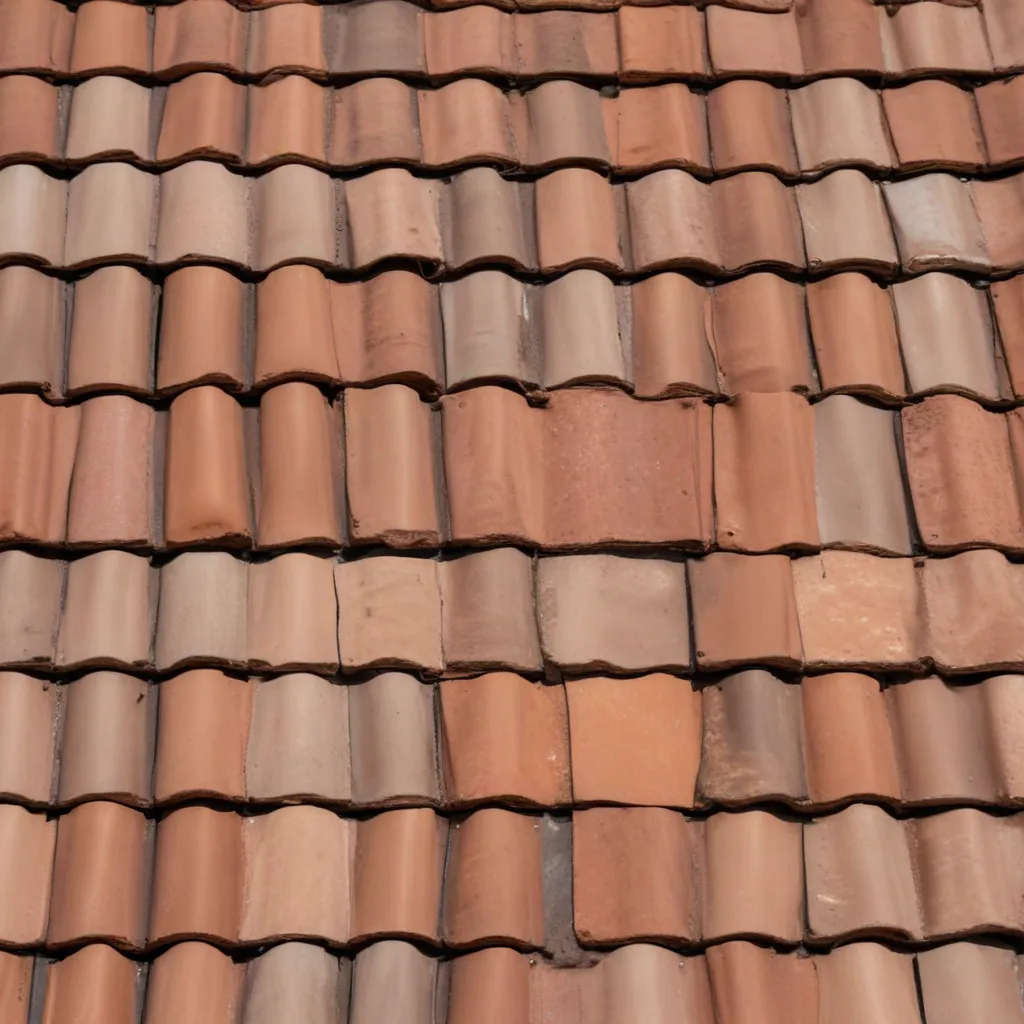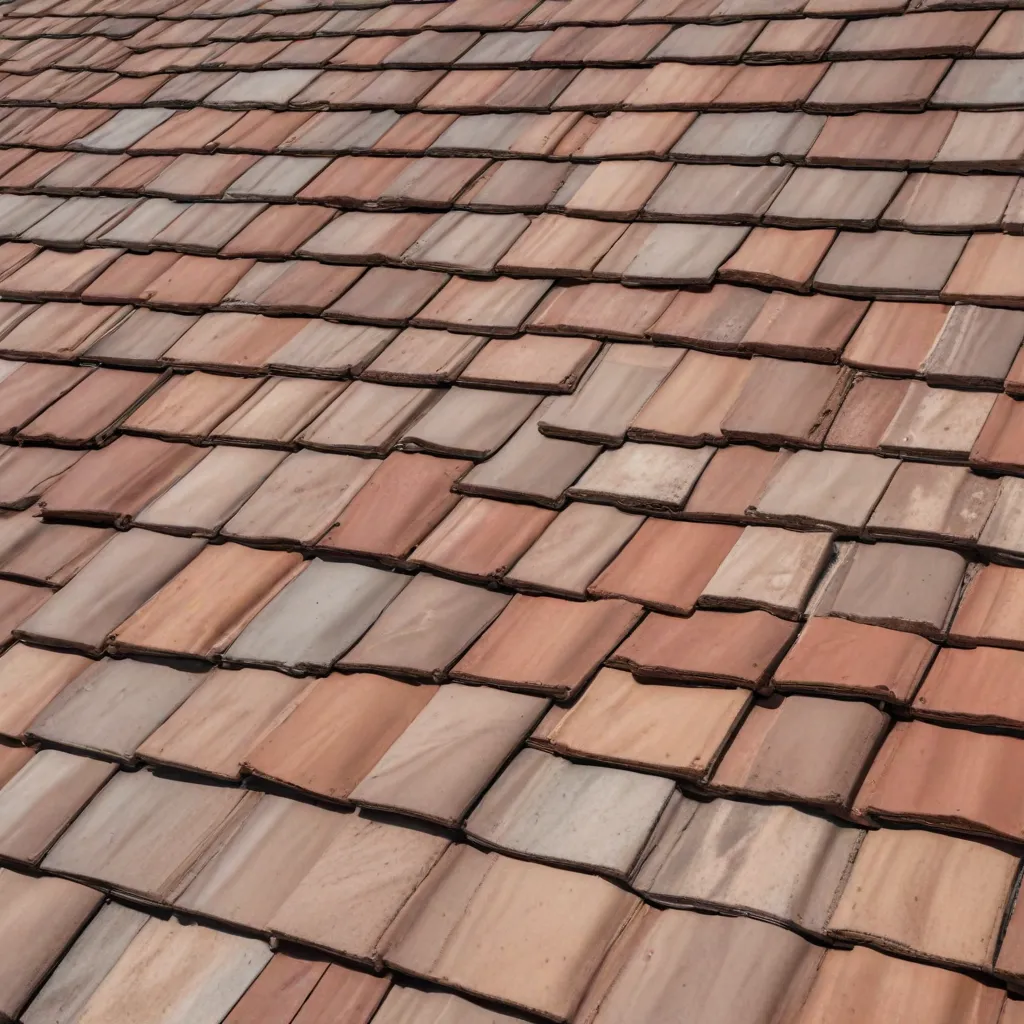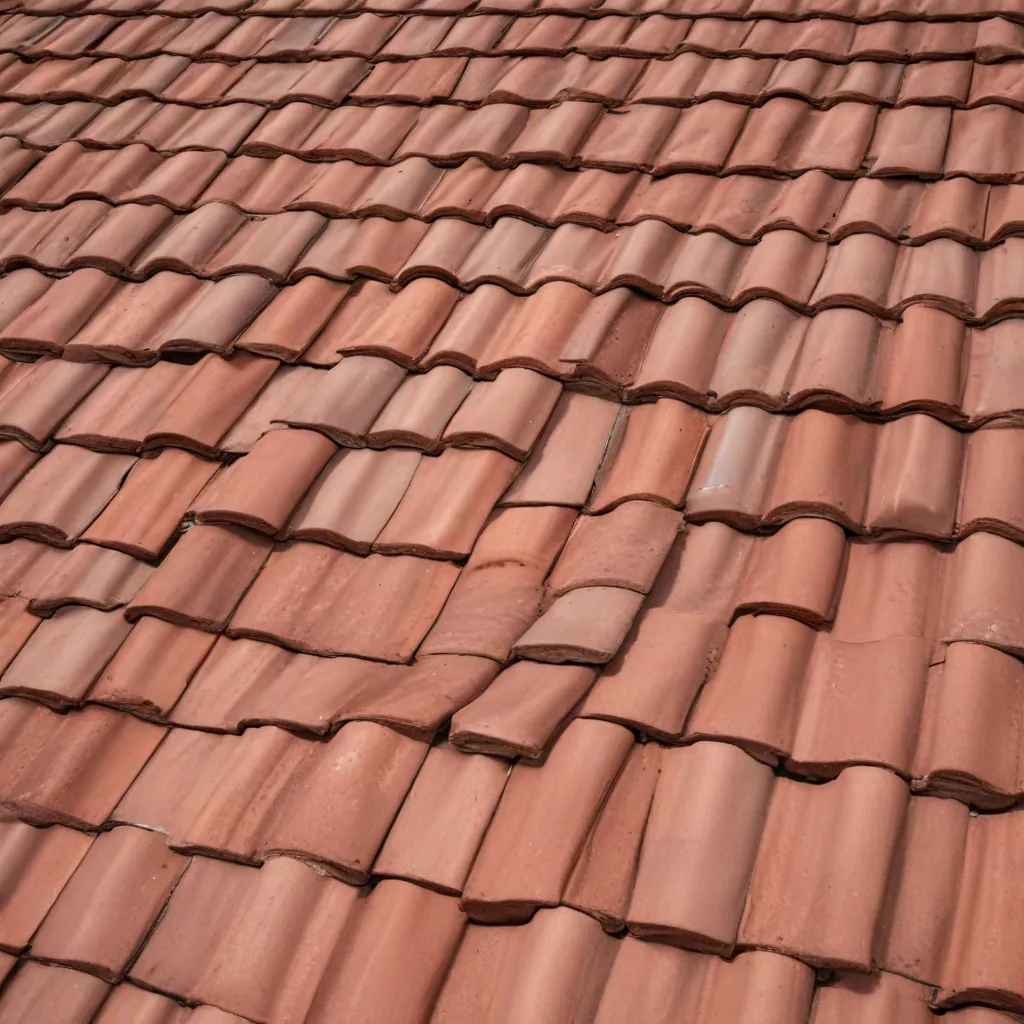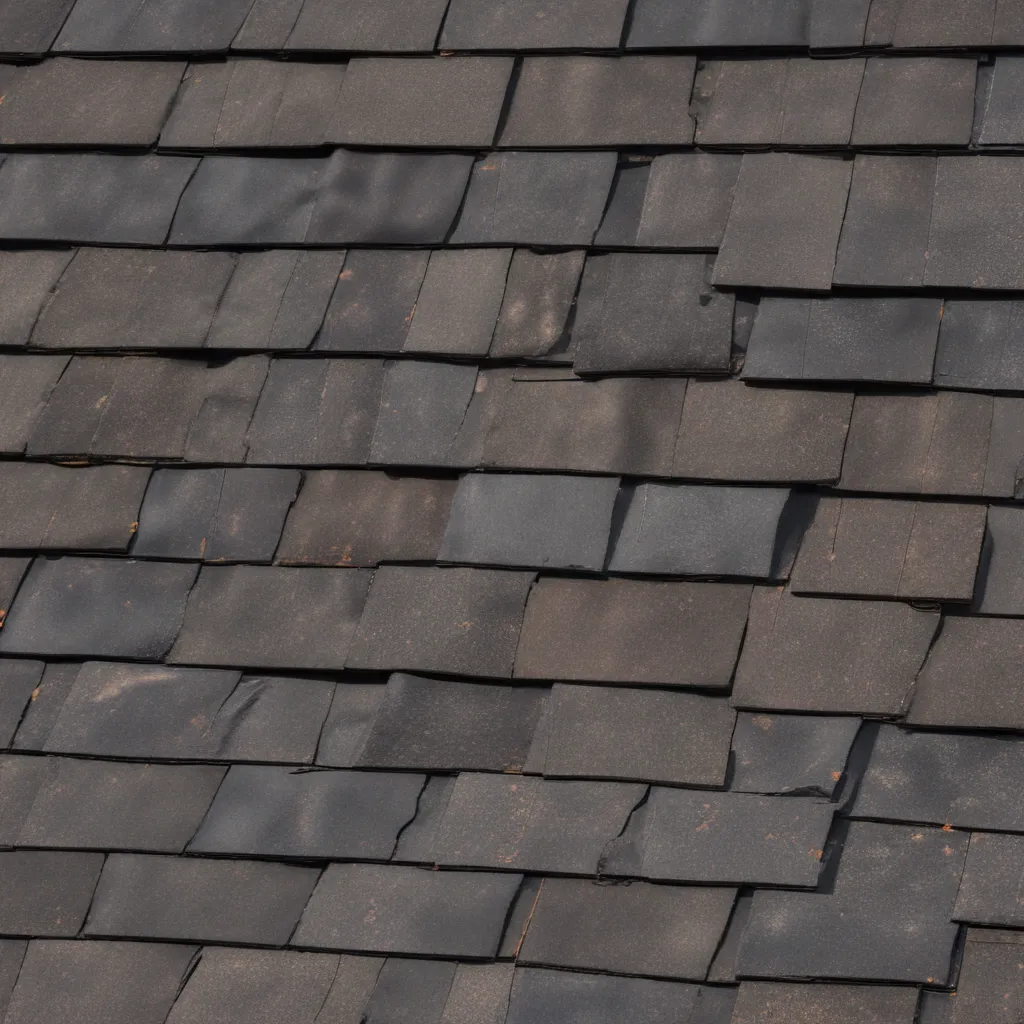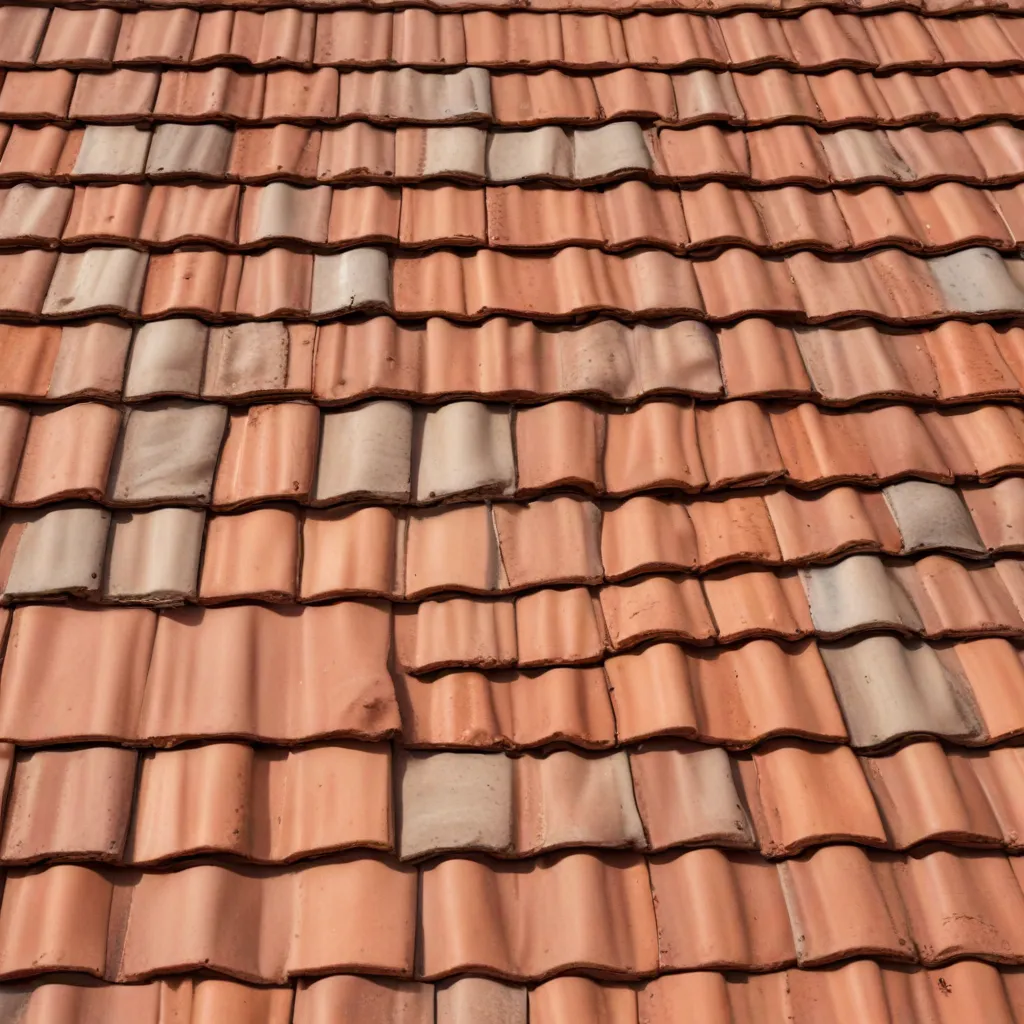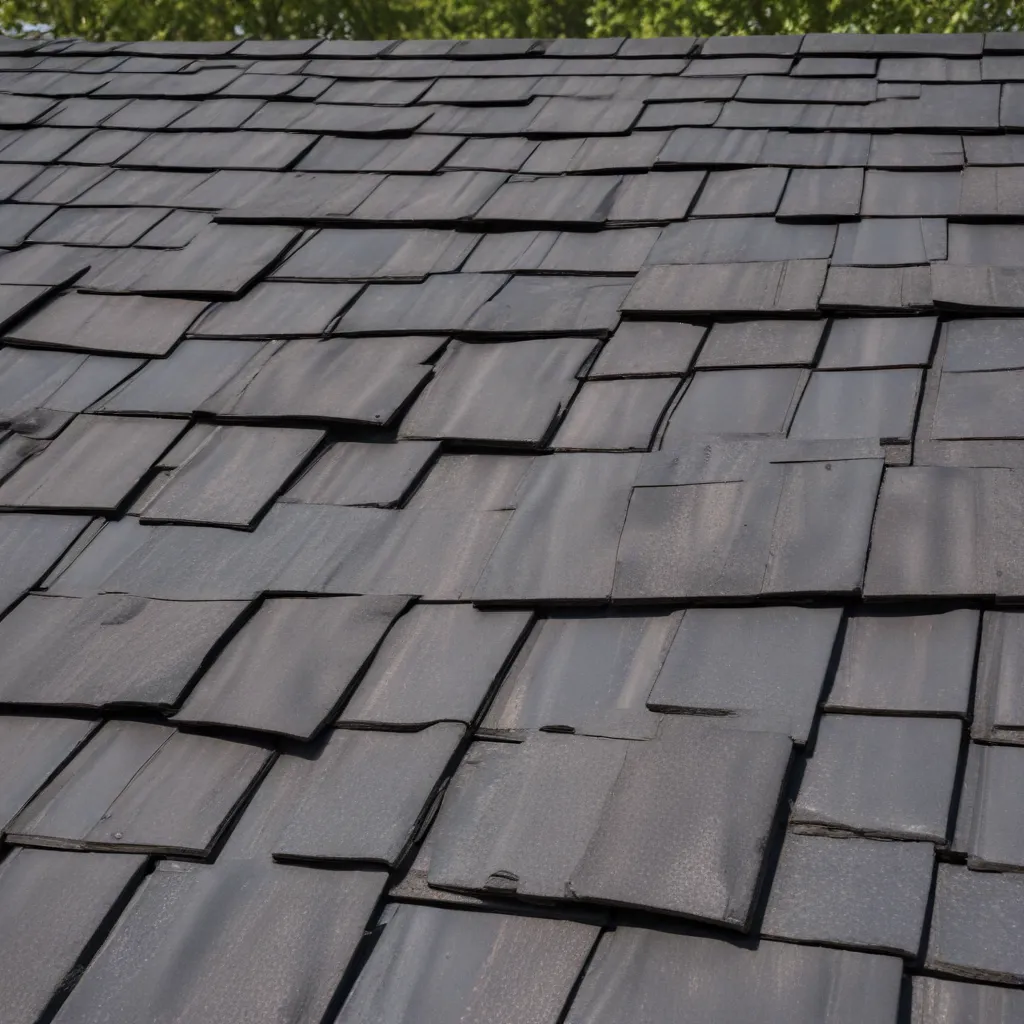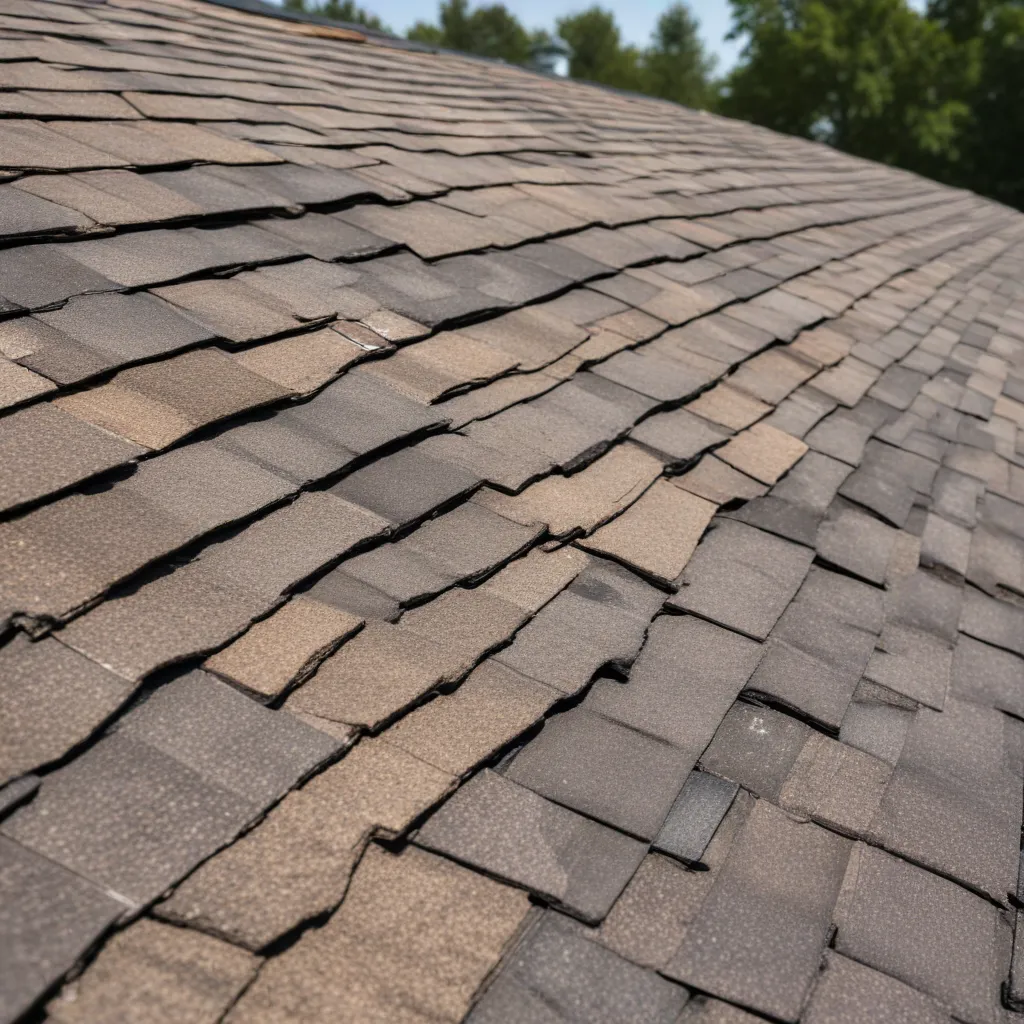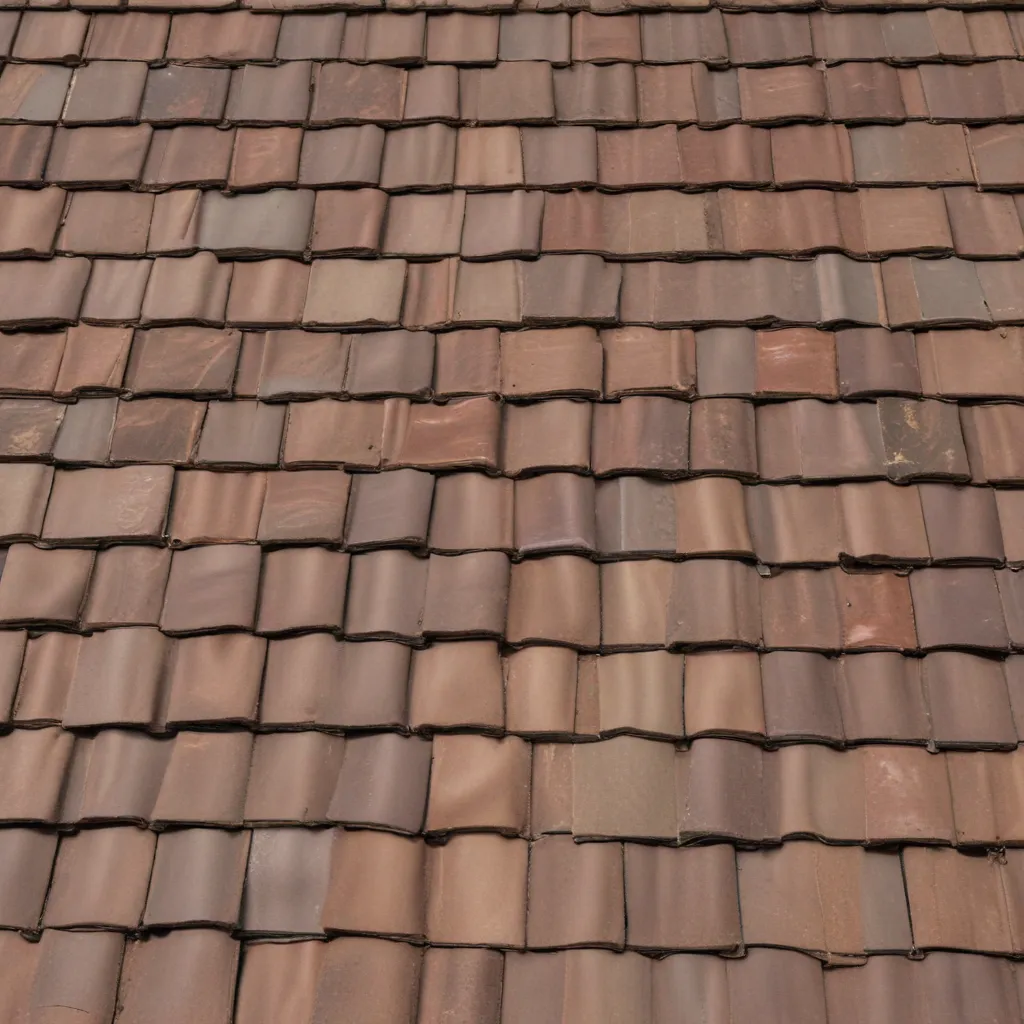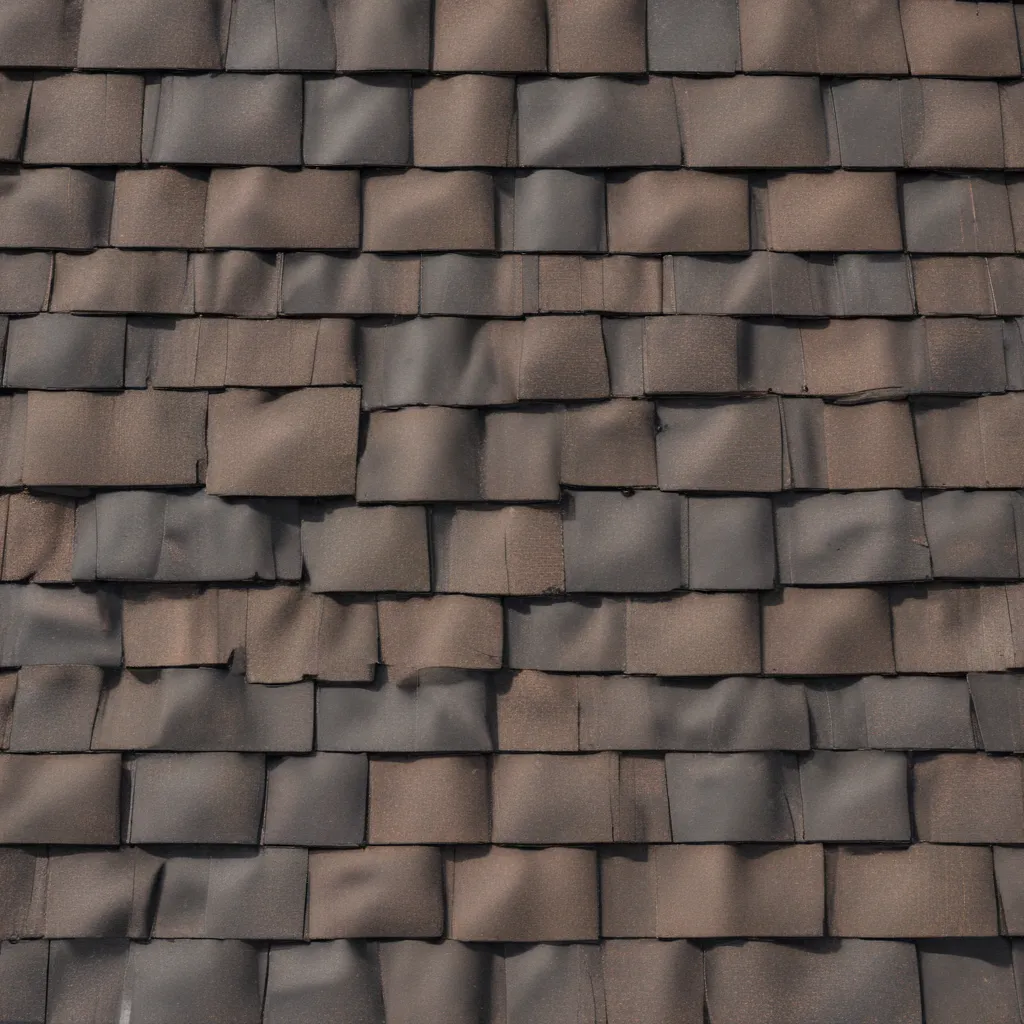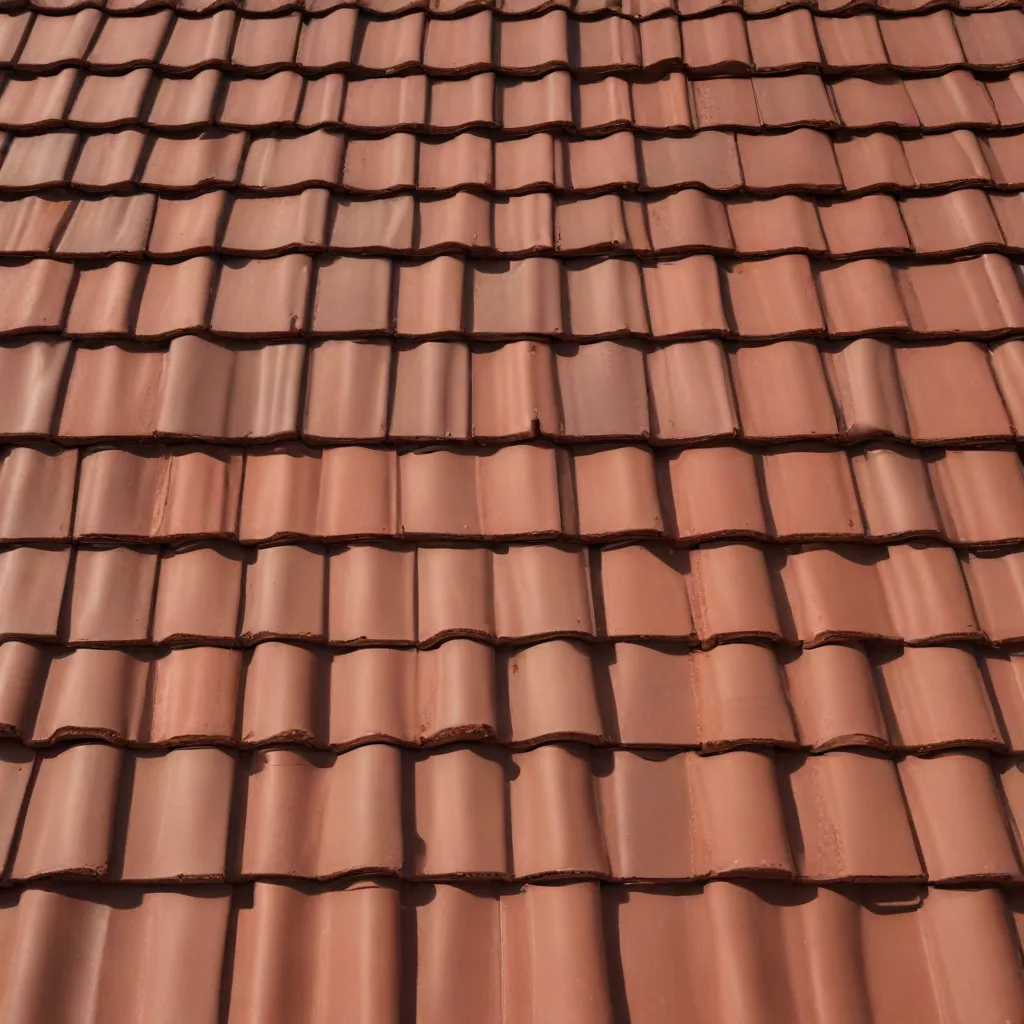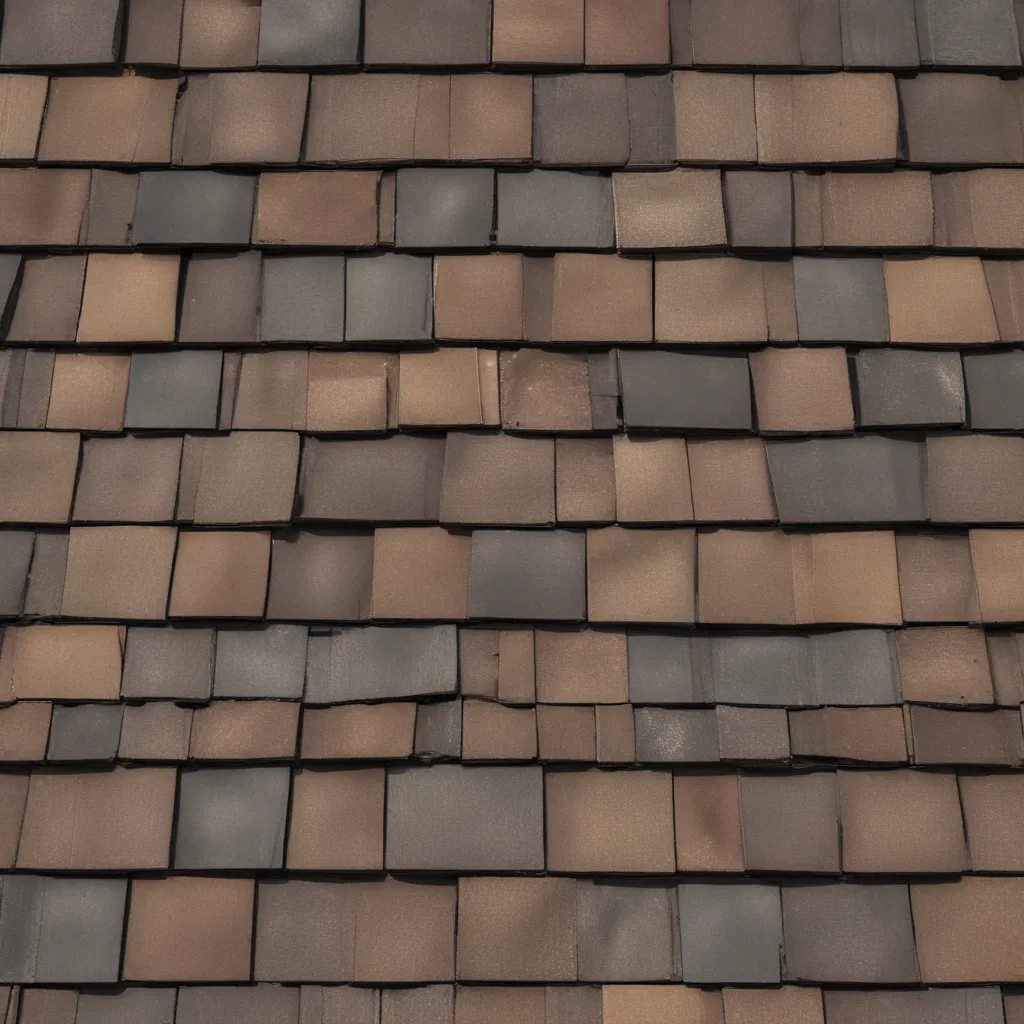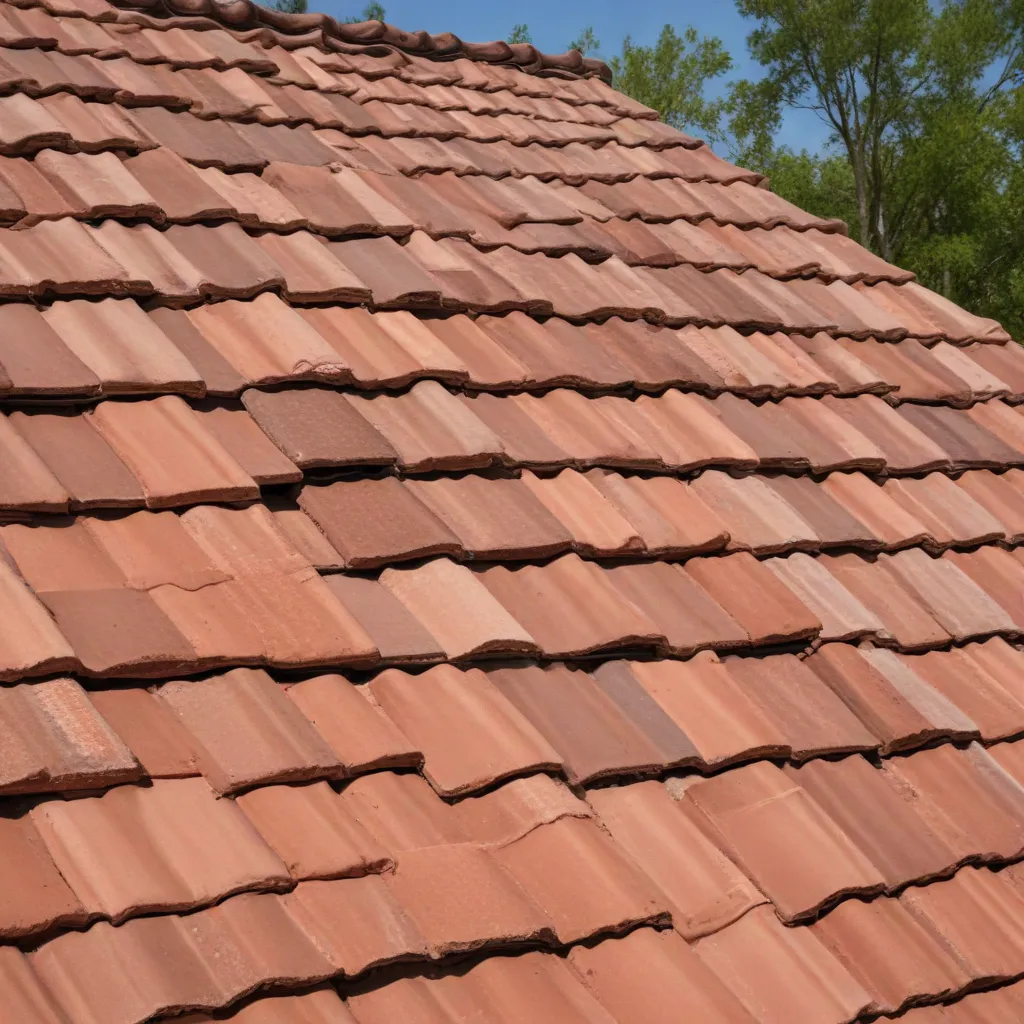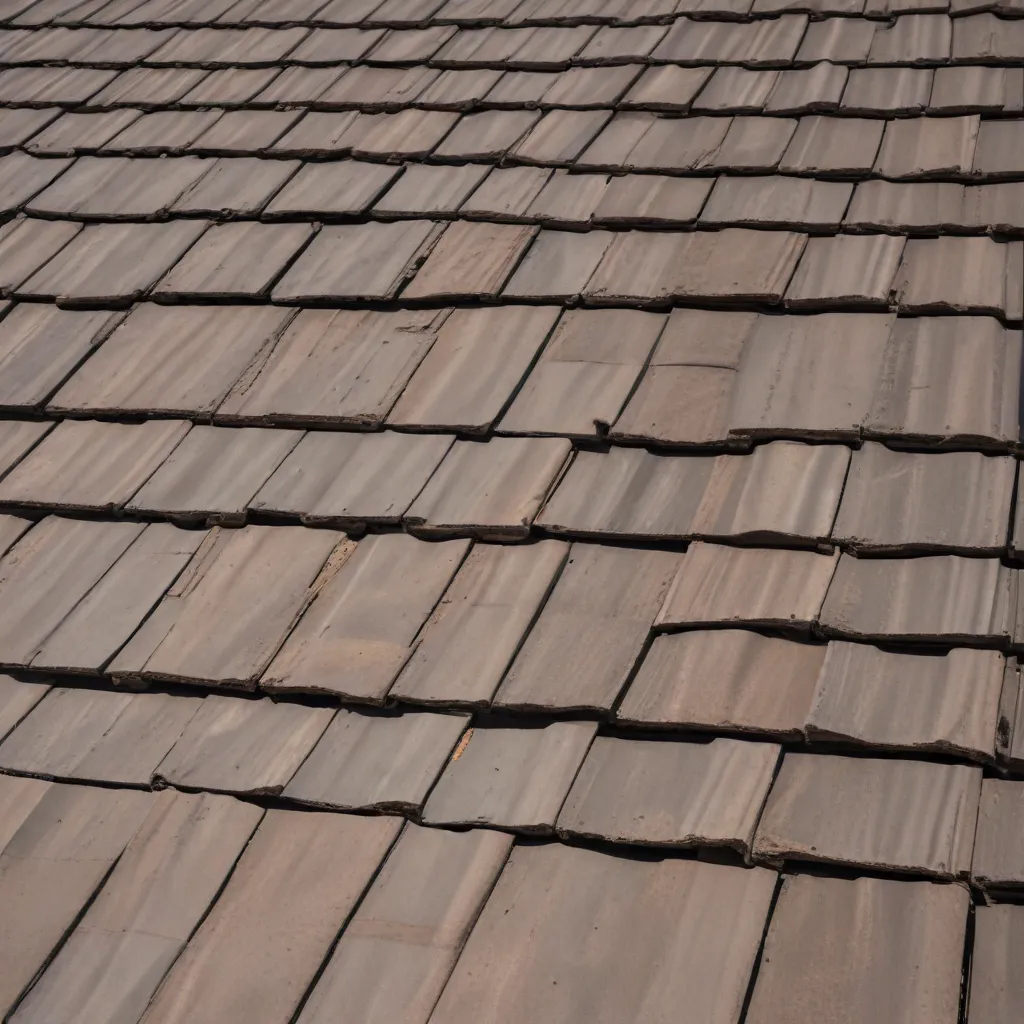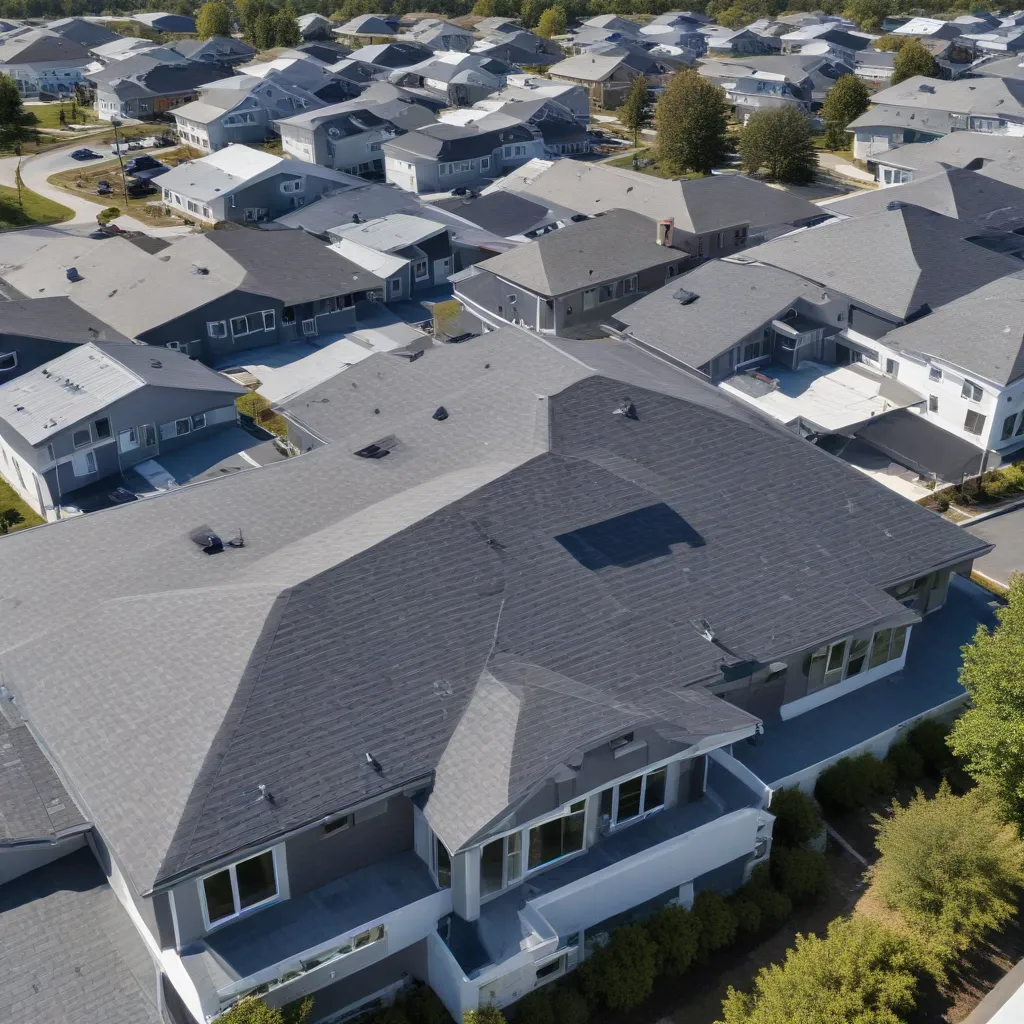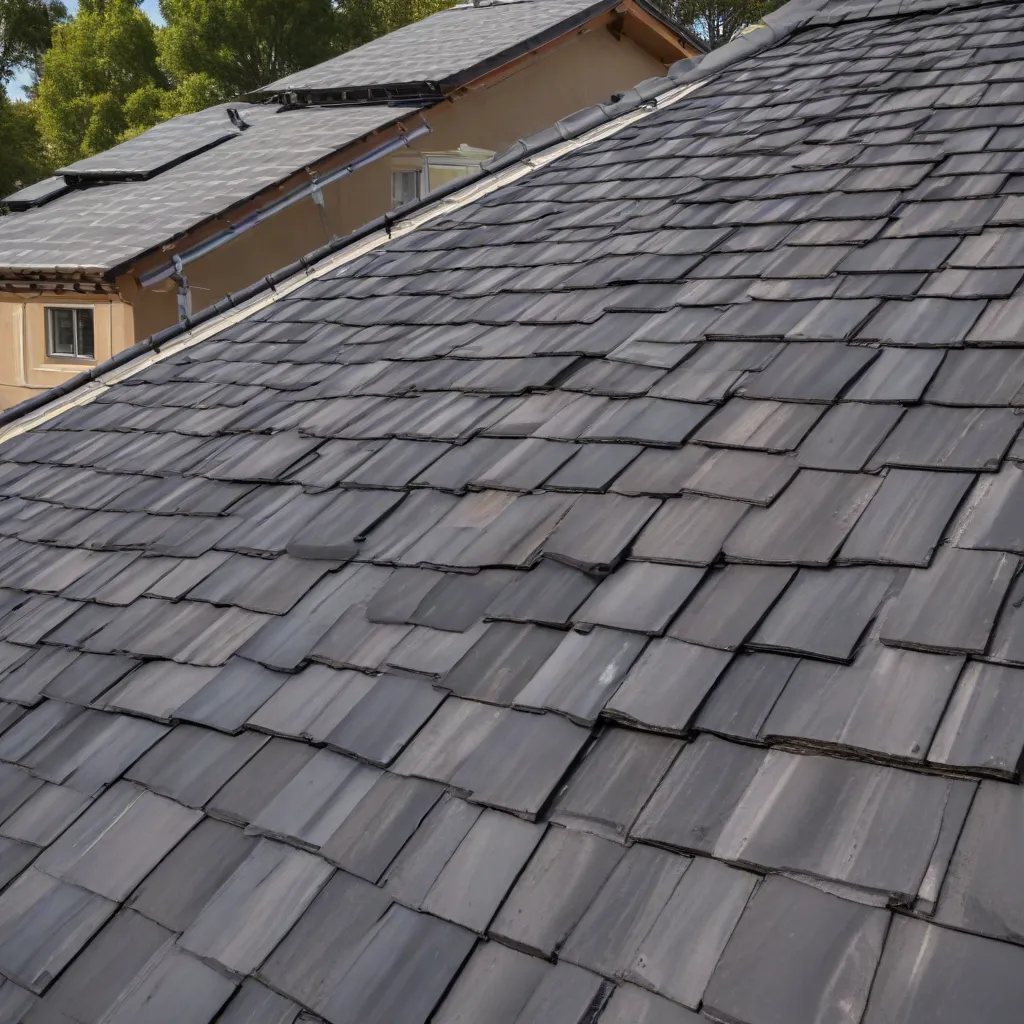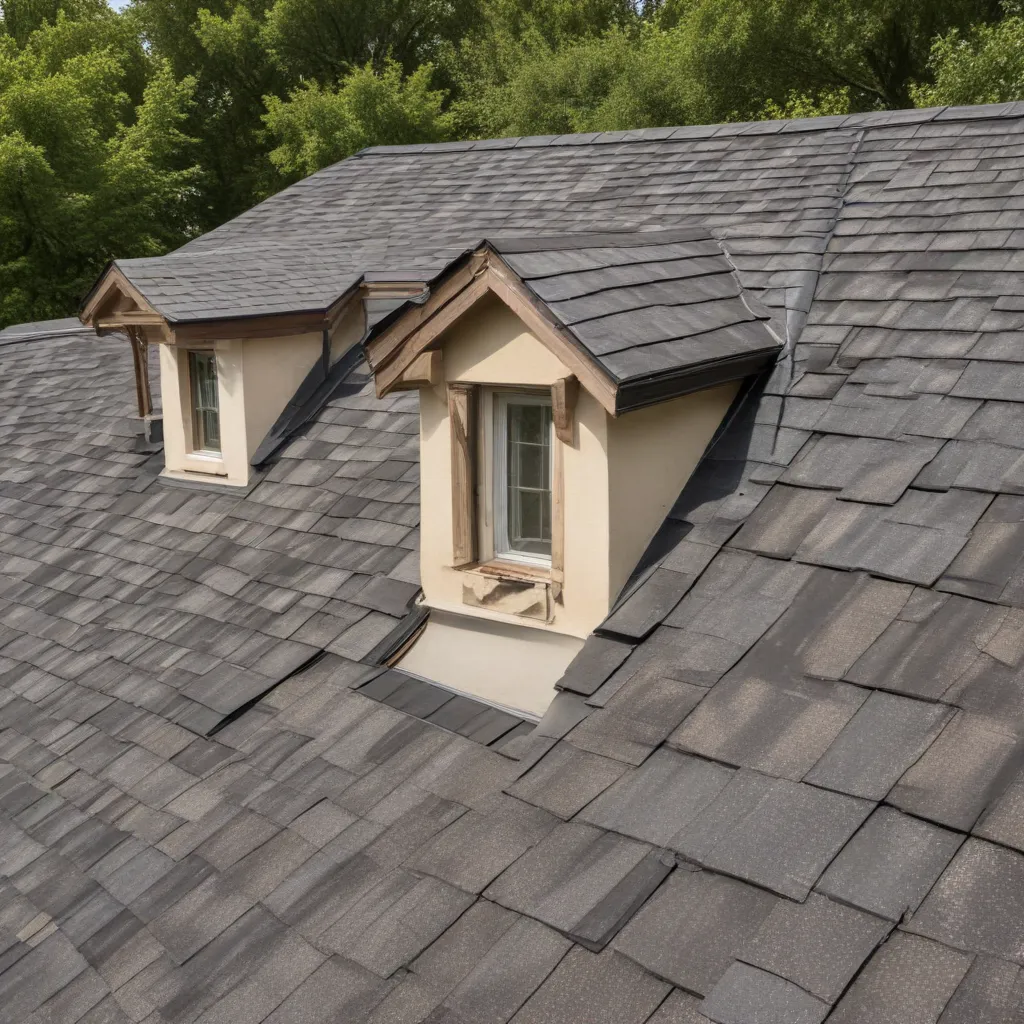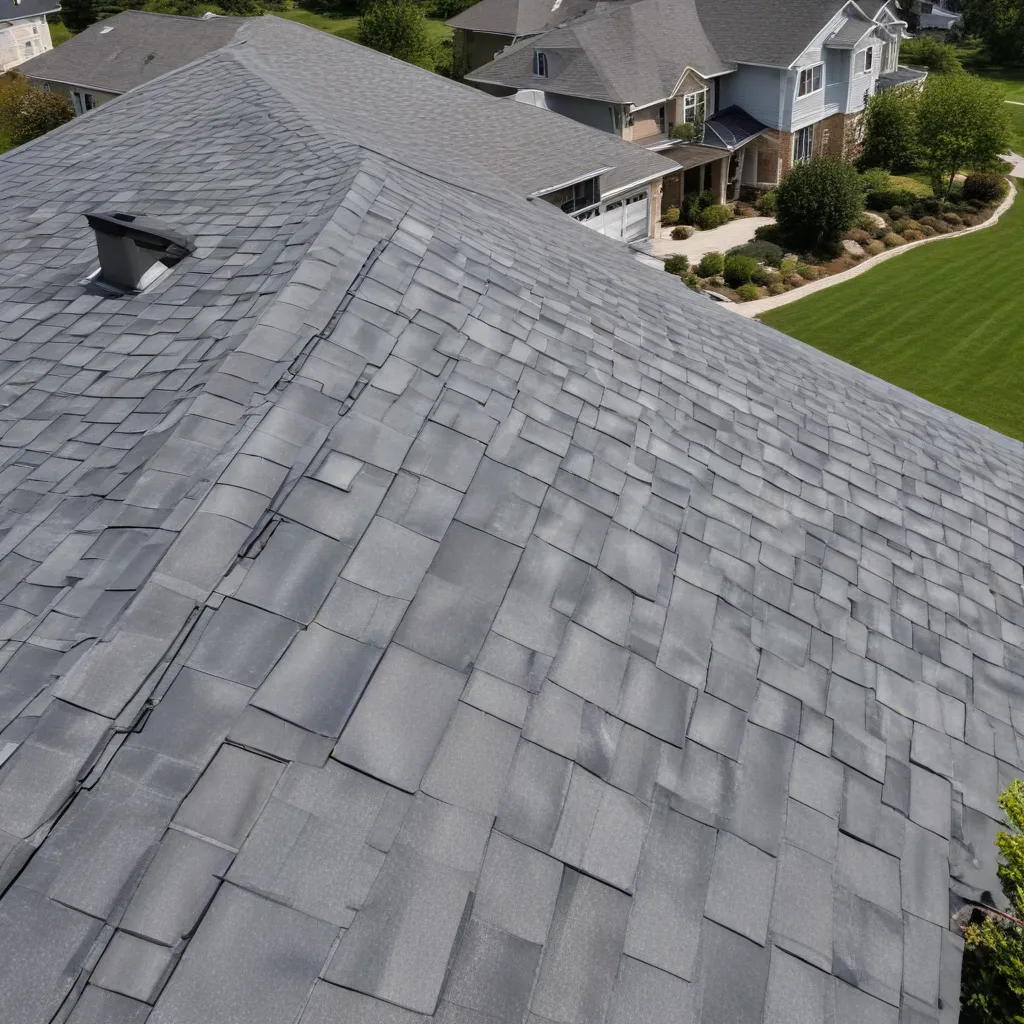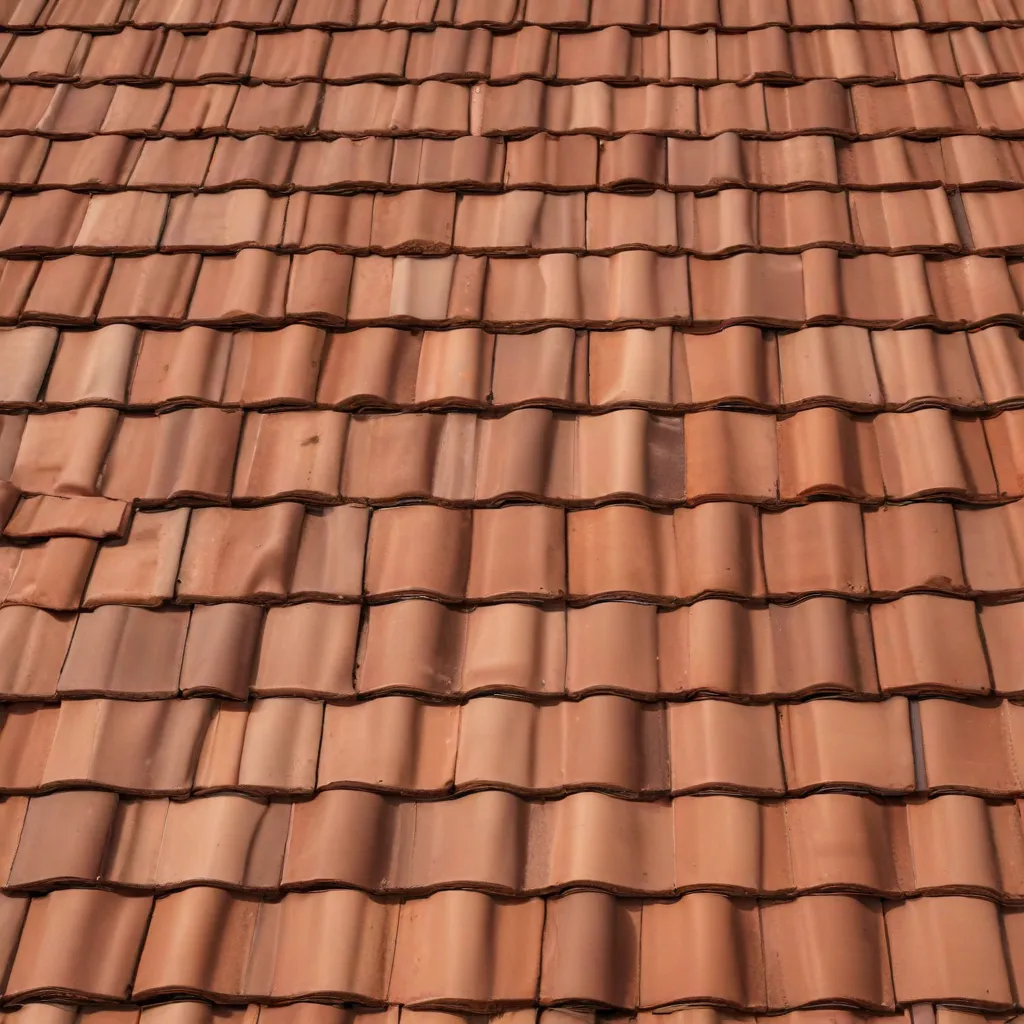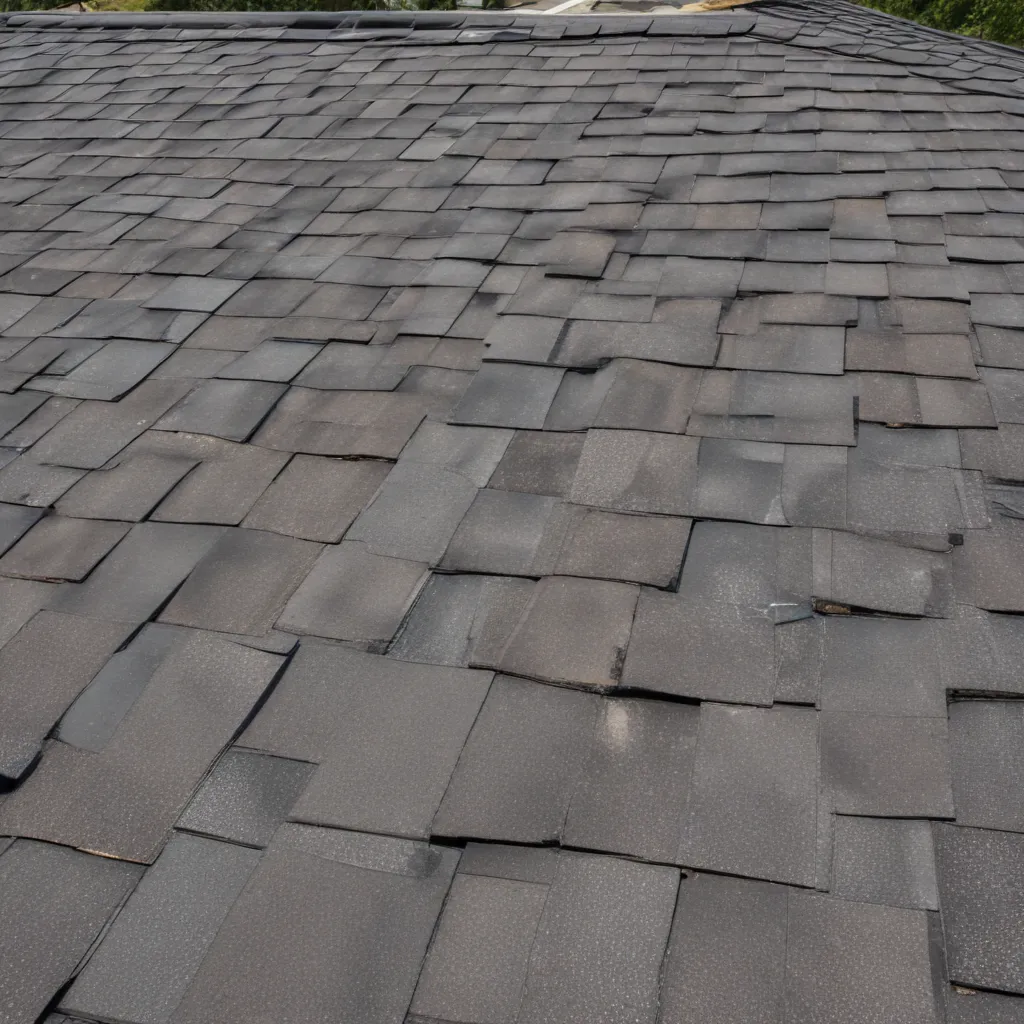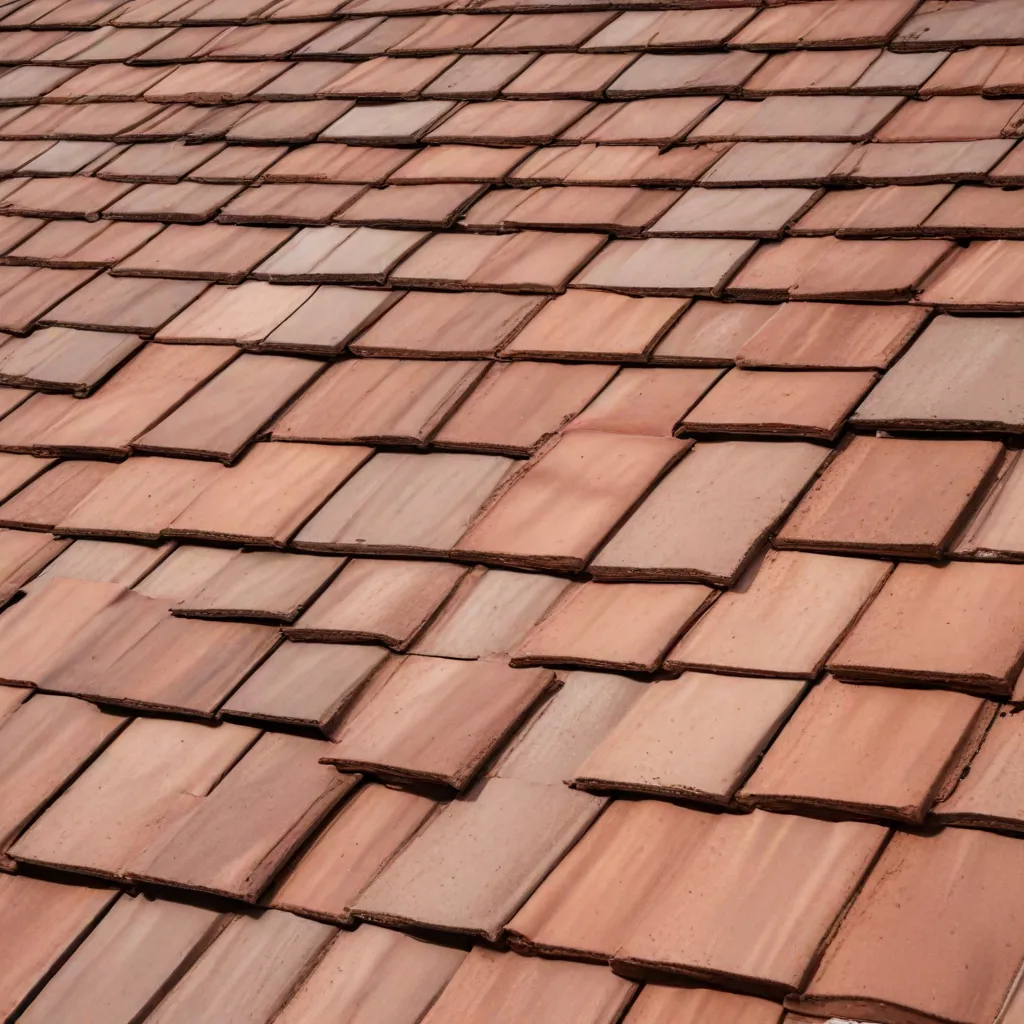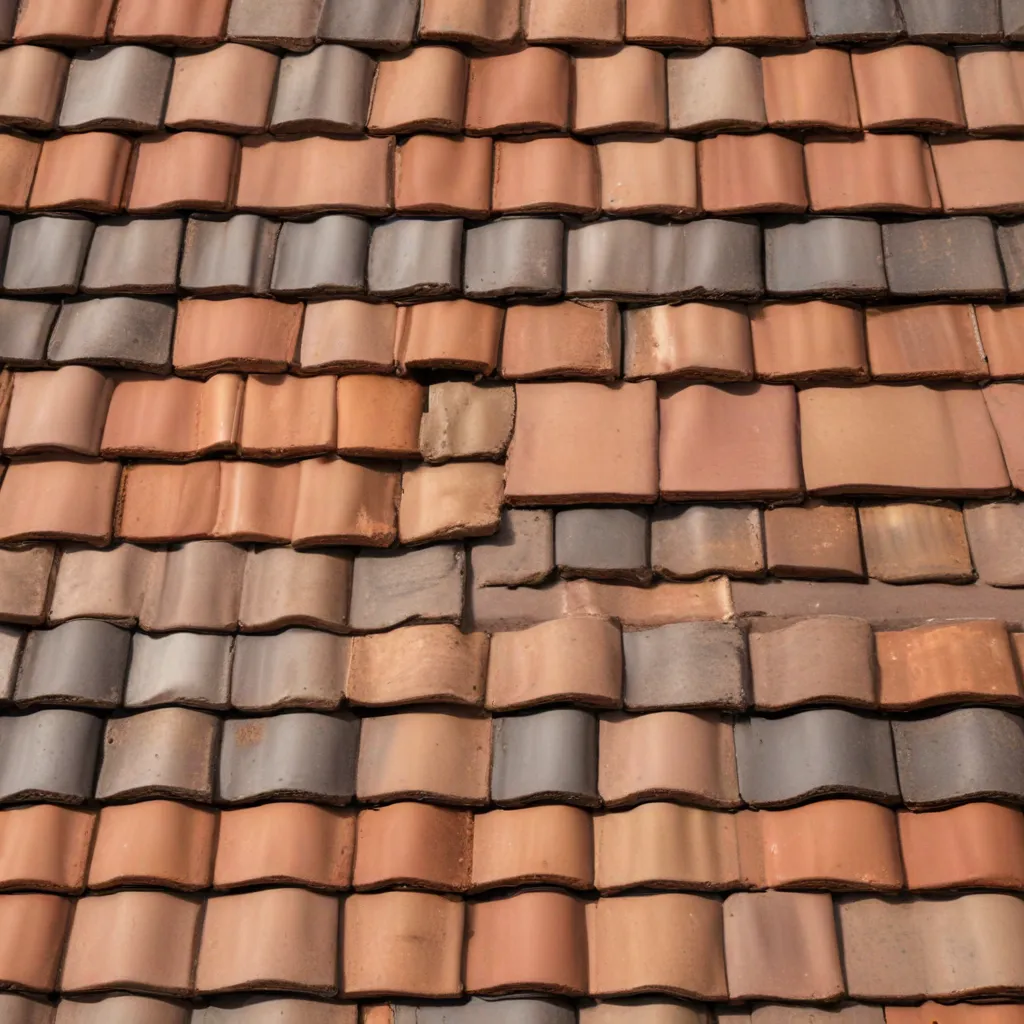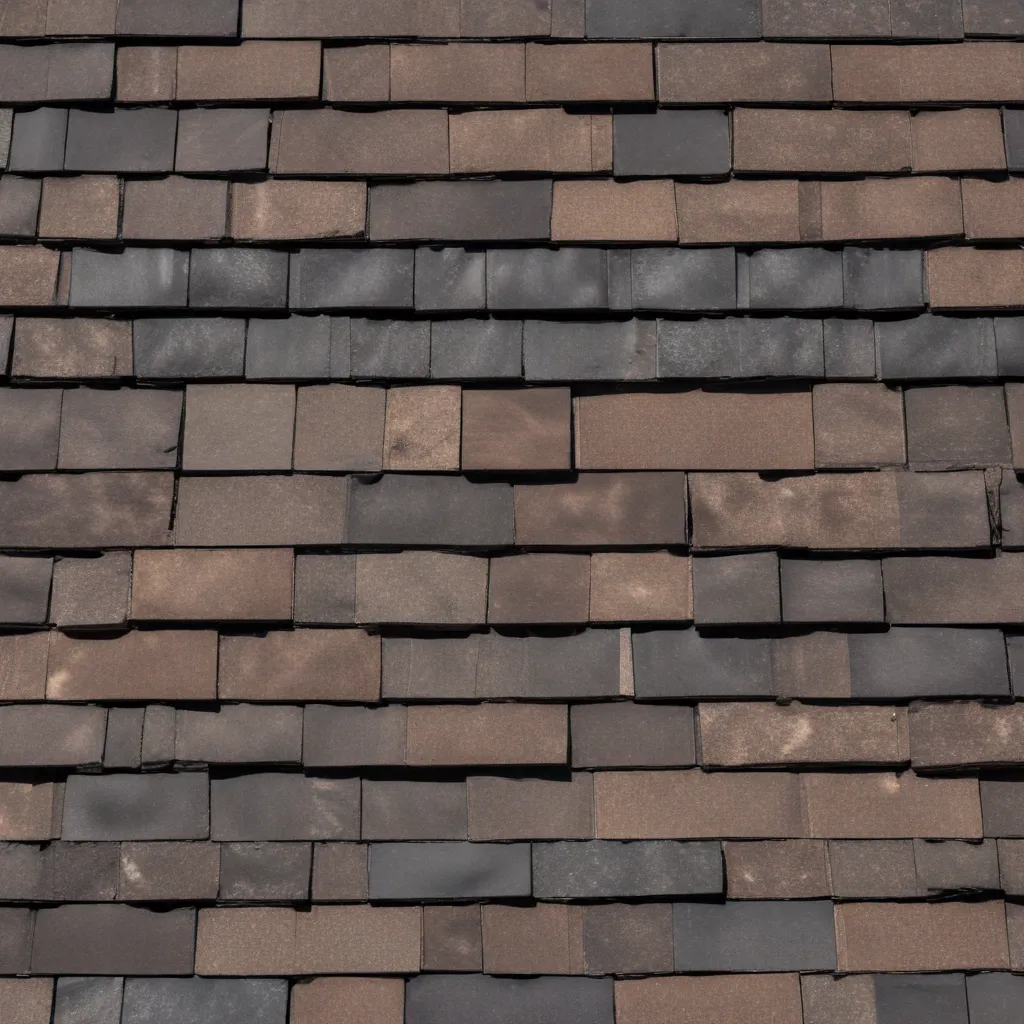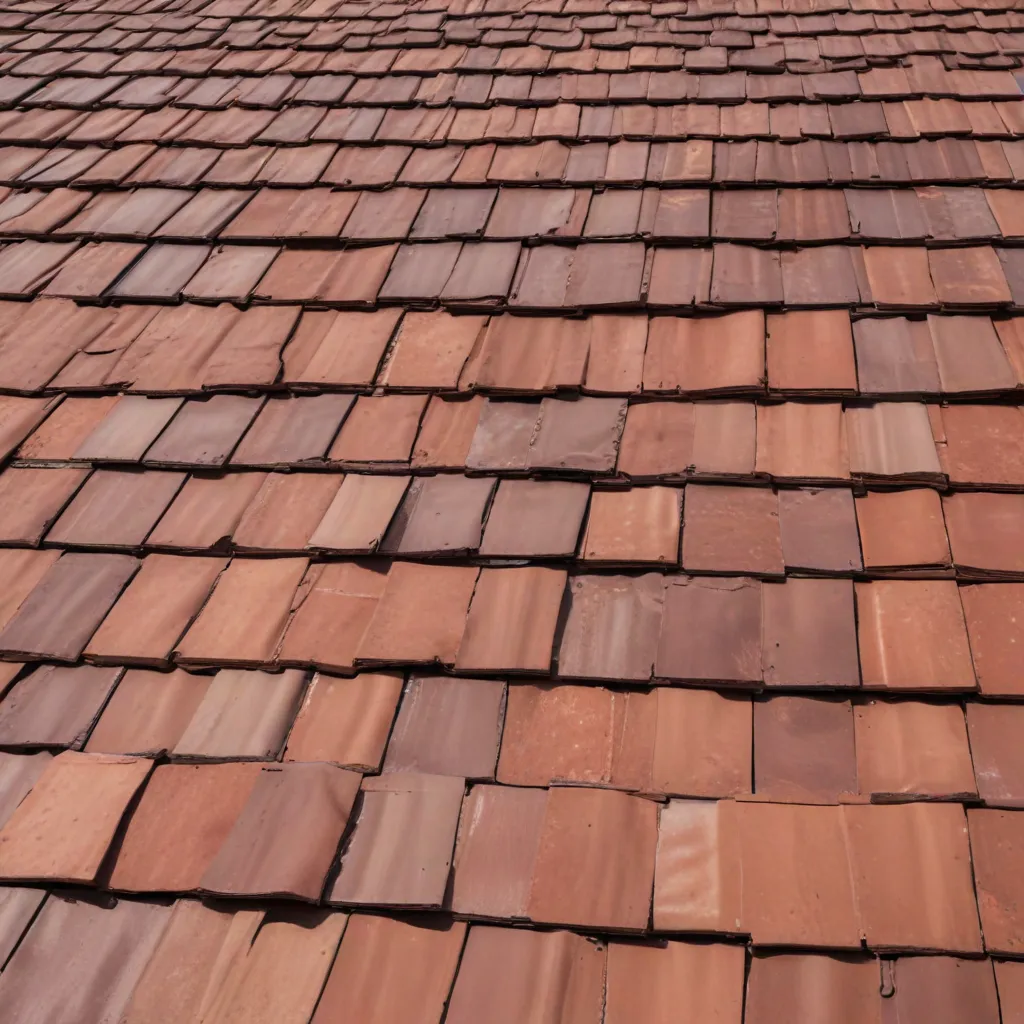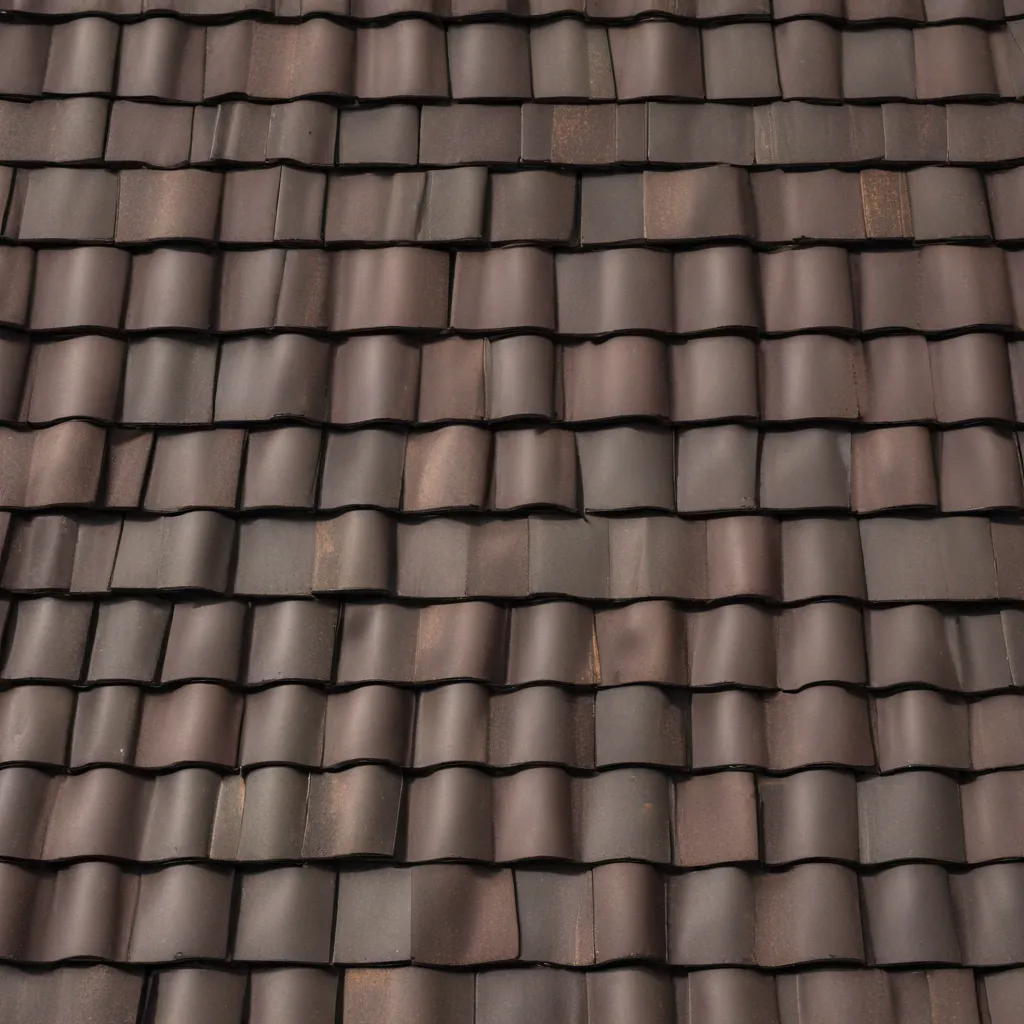
As the construction industry continues to evolve, the role of composite roofing materials has become increasingly prominent. These innovative products are not only transforming the aesthetic appeal of buildings but also redefining the standards of durability, energy efficiency, and environmental responsibility.
Strength Considerations
When it comes to roofing, strength is a crucial factor. Composite roofing materials offer exceptional structural integrity, capable of withstanding the harshest weather conditions. Their impact resistance makes them highly resilient to hail, flying debris, and other environmental hazards. Additionally, these materials demonstrate superior weatherability, maintaining their structural integrity and aesthetic appeal even after prolonged exposure to the elements.
One of the key advantages of composite roofing is its ability to provide robust protection against the elements. These materials are engineered to resist wind uplift, a critical consideration in regions prone to severe storms and hurricanes. By leveraging advanced manufacturing techniques, composite roofing can be designed to meet or exceed the most stringent building codes and safety standards, ensuring the structural integrity of the entire structure.
Versatility in Design
The versatility of composite roofing materials extends far beyond their strength. Homeowners and architects alike have embraced the aesthetic possibilities these materials offer. Composite roofing can be crafted to mimic the appearance of traditional materials, such as asphalt shingles, clay tiles, or metal panels, allowing for seamless integration with various architectural styles.
Moreover, the customization options available with composite roofing are truly impressive. From a wide range of colors and textures to intricate profiles and patterns, these materials empower homeowners and designers to create truly unique and visually striking roofing systems. This level of design flexibility enables the integration of composite roofing into both contemporary and historic buildings, expanding the design possibilities for any project.
Sustainability Advantages
Sustainability has become a central focus in the construction industry, and composite roofing materials are at the forefront of this shift. Environmentally conscious homeowners and building owners are increasingly drawn to the eco-friendly benefits of these materials.
One of the primary sustainability advantages of composite roofing is its long lifespan. These materials are designed to withstand the test of time, with many manufacturers offering warranties that extend well beyond the typical lifespan of traditional roofing options. This longevity translates to reduced waste, as homeowners and building owners can enjoy their roofs for decades without the need for frequent replacements.
Additionally, composite roofing materials often demonstrate superior energy efficiency compared to their traditional counterparts. Their unique composition and design can help to regulate indoor temperatures, reducing the energy demands for heating and cooling. This, in turn, leads to lower utility bills and a smaller carbon footprint for the building.
Composite Roofing Composition
The strength, versatility, and sustainability of composite roofing materials are a direct result of their innovative composition. These materials typically feature a polymer-based matrix, such as thermoplastic or thermoset polymers, which provide the structural backbone.
Embedded within this matrix are reinforcing fibers, often made from materials like fiberglass, carbon fiber, or natural fibers. These fibers work in tandem with the polymer matrix to enhance the overall strength, durability, and impact resistance of the composite roofing system.
The manufacturing processes used to create composite roofing materials are equally important. Techniques like extrusion, injection molding, and compression molding allow for precise control over the material properties, ensuring consistent quality and performance across each roofing panel or tile.
Market Trends and Adoption
The rise of composite roofing materials has been fueled by their growing popularity in both the residential and commercial/industrial sectors. Homeowners are drawn to the aesthetic appeal, low maintenance requirements, and long-term cost savings offered by these roofing solutions. Meanwhile, commercial and industrial building owners recognize the benefits of composite roofing in terms of structural integrity, energy efficiency, and regulatory compliance.
As the demand for composite roofing continues to increase, the industry has responded with a range of innovative products and design options. Manufacturers are constantly refining their offerings to meet evolving building codes, energy efficiency standards, and consumer preferences.
Performance Characteristics
Beyond their structural and aesthetic advantages, composite roofing materials excel in several key performance areas. Thermal insulation is a significant benefit, as the unique composition of these materials can help regulate indoor temperatures, reducing the energy demands for heating and cooling.
Composite roofing also boasts impressive fire resistance, making it a safer choice for buildings in fire-prone regions. The inherent properties of the materials used in these roofing systems contribute to their ability to withstand high temperatures and resist the spread of flames.
Effective water management is another crucial aspect of composite roofing. The design and manufacturing processes employed ensure that these materials are highly resistant to water intrusion, protecting the underlying structure from the damaging effects of moisture.
As the construction industry continues to evolve, the rise of composite roofing materials is poised to play a pivotal role in shaping the future of building design and construction. By offering a unique blend of strength, versatility, and sustainability, these innovative products are redefining the standards of roofing excellence. Whether you’re a homeowner seeking a long-lasting, energy-efficient solution or a commercial builder aiming to create a visually striking and structurally sound structure, composite roofing materials offer a compelling option that is worthy of serious consideration.
To learn more about the latest advancements in composite roofing and how they can benefit your next project, visit Genuine Roof Systems.

